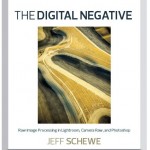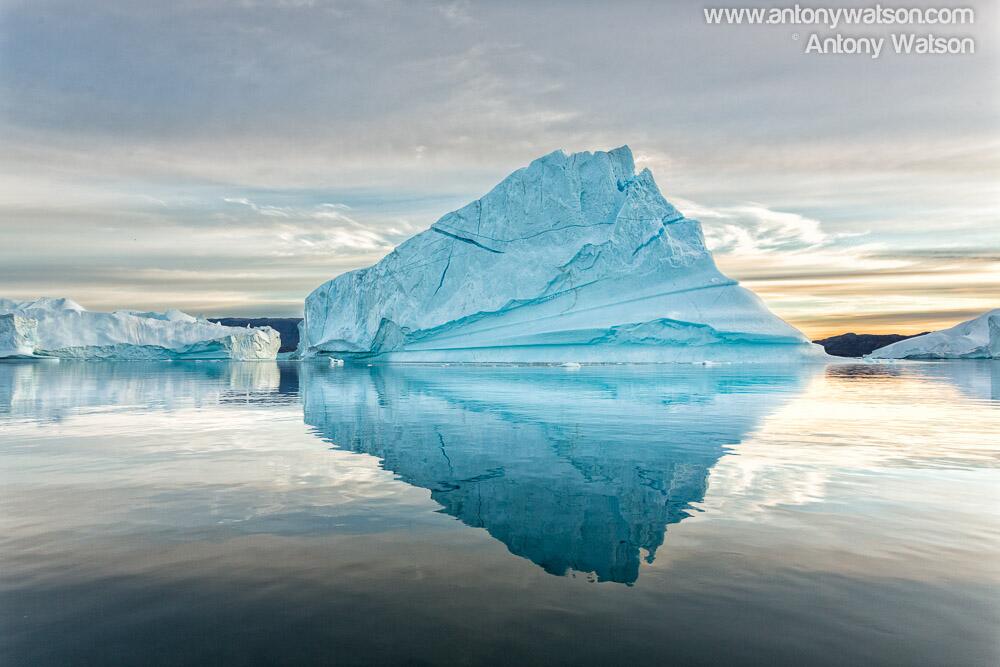The Digital Negative – Raw Image Processing in Lightroom, Camera Raw and Photoshop by Jeff Schewe is the latest book to grace to my bedside table. Having recently completed reading the book I thought I would share my thoughts with The Digital Negative Book Review.

I must admit that in the past I was a book collecting nut! I bought every photography technical book that was released, read the first few chapters, skimmed the next few chapters… then put the book on a shelf to gather dust with many other titles by highly regarded authors and photographers never to be touched again.
But I have curbed my book addiction, I have exercised restraint … until now…. after reading the first three chapters of The Digital Negative, my initial feeling of chagrin has given way to contentment. I’ll touch on why I feel content a little later.
The Digital Negative aims to provide readers with a process for developing RAW images to get the most out of your images.
Jeff’s casual writing style makes The Digital Negative such an easy read. So many books that talk about the technicalities of post processing are so dry yet Jeff has managed to keep topics light and enjoyable sharing both his experiences, opinions, frustrations and humour.
“The worst aspect of chimping is that, in the presence of regular people, it makes you sound goofy. So don’t chimp if you can help it. (Of course, I chimp all the time, but do as I say, not as I do, okay?)”
The breakout boxes which adorn many of the pages of The Digital Negative include numerous Tips, Notes and Anecdotes many of which contain some absolute pearl snippets of information.
The initial chapter of the the book delves into topics that must be covered in any book on RAW processing and Digital Photography; sensors, cameras, shutter speeds, sensor resolution and bit depth.
The following chapter provides an overview of Adobe Raw Image Processing. The genesis of Lightroom, Camera Raw, Photoshop and Bridge and how all these applications are part of the Photoshop system, colour management between these applications and of course the all time favourite question “To DNG or not to DNG?”
“To DNG or not to DNG?”
In Chapters 3 and 4 Jeff gets into the nitty gritty of how to process RAW images using Adobe Lightroom’s (or Camera Raw) plethora of adjustment controls as well as covering topics such as Tone Mapping, Colour Correction, B&W Conversion and some great information and examples on the art of Sharpening inside Adobe Lightroom. Jeff goes into each control on each panel/sub-panel and their application.
Sharpening for so many people may seem to be a dark art. Jeff is a master of the art of sharpening. Sharing numerous examples, tips and techniques to provide the right sharpening be it high or low-frequency edge sharpening and the application of Mixed Frequency Edge Sharpening, Jeff’s examples and tips can help all of us learn how to further maximise image detail. Given that this is a book on the Digital Negative and the wide gamut of digital post processing techniques if you want you are expecting to learn the intricate ins and outs of how to best sharpen your images then one of Jeff’s other titles, Real World Image Sharpening with Adobe Photoshop, Camera Raw and Lightroom will give you a more in-depth knowledge of sharpening.
Chapter 5 tackles the concept of bringing ones RAW images processing in Lightroom (or ACR) into Photoshop for further enhance and perfect ones images. Jeff covers what can be considered the common edit when using Photoshop to enhance an image, the basics of retouching, compositing multiple images, B&W conversion using Photoshop, Photomerge for Panoramic Stitching, Merging to HDR Pro and Focus Stacking. As with authoring any book there is a limitation to the depth and breadth of topics covered in a title. More in-depth and situational examples can be found one another offering of Jeff Schewe’s in his book co-authored with Martin Evening, Adobe Photoshop CS5 for Photographers: The Ultimate Workshop.
Chapter 6 finishes of the book nicely covering the basic principles of defining a workflow for anything one does in a post processing environment: Do things once, automate where possible and be methodical about how you do things. Jeff goes on to give a breakdown of how to build a workflow as well as an overview of his own workflow. And in the closing pages of The Digital Negative he covers briefly how he organises his files, his studio workspace and some performance tuning tips for Lightroom and Photoshop.
As with most books there is some digital content, in the case of The Digital Negative, it takes the form of a number of downloadable DNGs. Each of these DNGs is an image featured within the book and includes various snapshots (If you don’t know what a ‘snapshot’ is then this book is for you!) of the before and after states of the RAW processing outlined within the book of each DNG giving one the ability to look at the adjustments Jeff has made to these images first hand. (These DNGs are available from The Digital Negative Book website www.thedigitalnegativebook.com )
Now why did my feeling of chagrin give way to a feeling of contentment?
I suppose for me, reading The Digital Negative has been more been a confirmation of knowledge and skills gained through my formal education, training and experiences over the years as a photographer than a learning experience. That said, no matter what I think I may know there is always more to learn and I did learn something by reading this book.
If you have no experience with RAW processing this book will get you up and going and then some. This book covers a good spread of topics. If you’re well versed in RAW processing, have a well-defined workflow and think “But doesn’t everyone use capture, creative and output sharpening?” then maybe this book might be more of an enjoyable read more than a learning experience.
I must admit I cannot wait for my pre-order of Jeff’s next instalment, The Digital Print: Preparing Images in Lightroom and Photoshop for Printing which is due for release May 23, 2013, to ship.
Jeff Schewe is an award-winning professional advertising photographer and digital imaging pioneer. He teaches and leads workshops and is a member of the Photoshop Hall of Fame at Photoshop World. Jeff co-authored Real World Camera Raw with Adobe Photoshop CS5 and Real World Image Sharpening with Adobe Photoshop, Camera Raw and Lightroom. Jeff has also produced some video tutorials with Michael Reichmann, Camera to Print and Screen (very highly recommended!) for example which is available via the store on the Luminous Landscape website.
